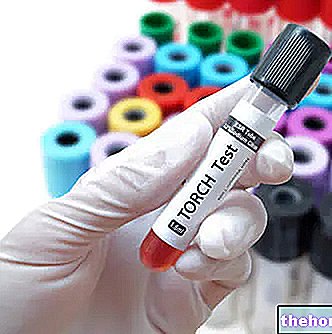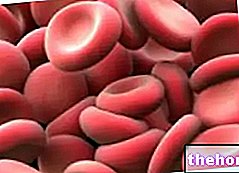Generality
Ceruloplasmin is the main copper transport protein in the blood.
Consequently, anything that interferes with the supply of this mineral, or with the body's ability to metabolize it, can affect the blood concentrations of ceruloplasmin and copper itself.

What's this
Ceruloplasmin is a protein responsible for transporting copper in the blood. A large part of the circulating metal is bound to it, while the remaining fraction is associated with albumin, trans-cupreine and a small part with amino acids.
Primarily synthesized by the liver, ceruloplasmin redistributes hepatic copper to the tissues. It is no coincidence that its name derives from coeruleus, which means blue, that is the color given to it by copper, which binds to the extent of six atoms per molecule.
In addition to intervening in the transport of copper, ceruloplasmin carries out numerous biological activities; first of all it possesses an oxidase activity on different substrates. As regards iron, for example, it oxidizes the ferrous ion (Fe2 +) to the form of ferric ion (Fe3 +); in this way it allows the metal to bond to the transferrin (which can only transport iron in the form Fe3 +), allowing its transfer from the storage tissues to those of use, for the same reason it protects the central nervous system (CNS) from iron deposition.
Ceruloplasmin exerts an antioxidant action, since through the direct oxidation of Fe2 + and Cu2 + it prevents lipid peroxidation induced by these cations. It also acts as an acute phase protein in the inflammatory process, increasing its serum levels during inflammatory processes, severe infections, tissue damage and some types of cancer.
Because it is measured
Ceruloplasmin is measured to assess copper metabolism and facilitate the identification of certain conditions associated with deficiencies in this mineral.
The amount of ceruloplasmin in plasma is significantly reduced in Wilson's disease. This hereditary condition is characterized, in fact, by an accumulation of copper in the liver, central nervous system and other organs.
In some cases, the ceruloplasmin dosage may be prescribed to help diagnose or differentiate between different conditions associated with copper deficiencies.
It should be noted that the finding of low levels of ceruloplasmin is not diagnostic for a specific disease, therefore the blood concentration is usually evaluated in conjunction with other copper tests.




























